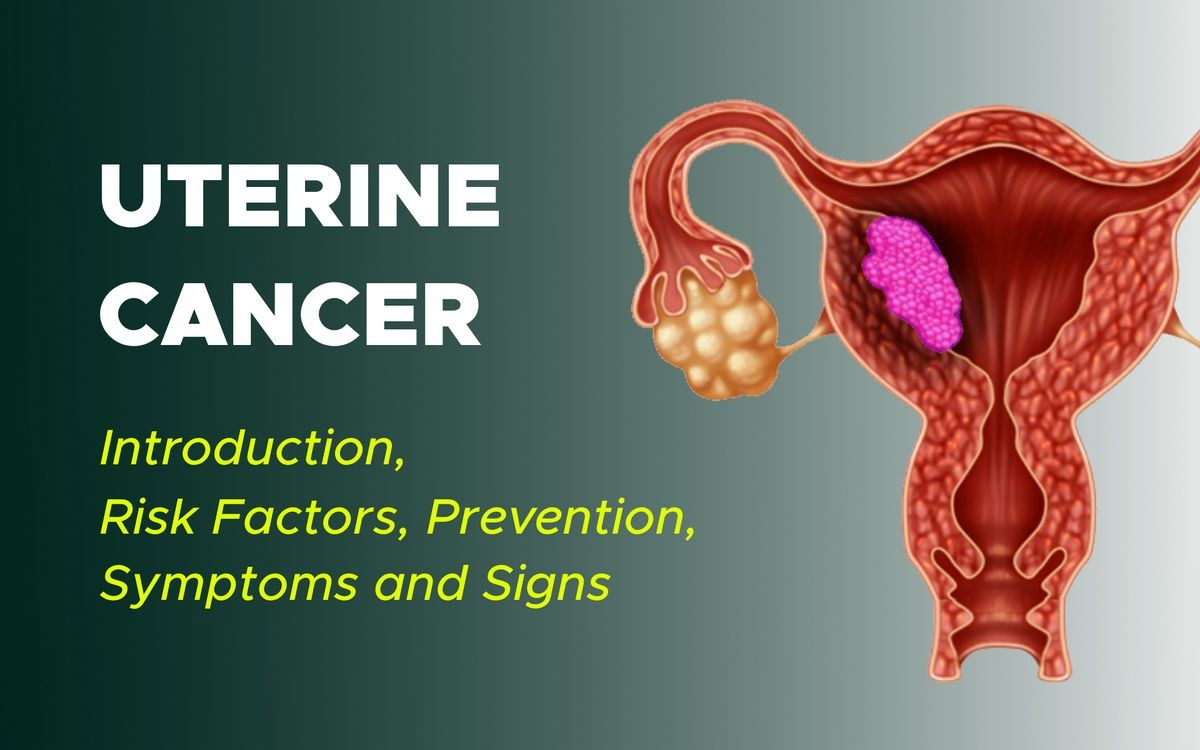
Contents
Uterine Growths
Uterine growths are tissue enlargements of the female womb (uterus). They can be caused by either harmless or dangerous conditions, and are sometimes referred to medically as masses or tumors. An example of a harmless growth is a polyp of the cervix, while dangerous growths include cancerous tumors.
While the majority of uterine growths are benign, this article will discuss the benign conditions that cause uterine growths or masses, such as uterine fibroids, adenomyosis, and uterine polyps.
Anatomy
The uterus (or womb) is a hollow, pear-shaped organ located in a woman’s pelvis between the bladder and the rectum. The narrow, lower portion is the cervix, while the broader, upper part is known as the corpus. The cervix forms the transition between the uterus and the vagina, which connects the uterus to the outside of the body.
What are uterine fibroids?
Uterine fibroids are benign masses that grow in the uterus for unclear reasons. They are commonly called fibroids and arise from the muscle tissue in the wall of the uterus. Fibroids are not usually cancerous.
The reason why some women develop fibroids is not yet understood, but family history and being overweight may play a role. Fibroids are most common between the ages of 35 to 49 and are more common in African American women. Most women with fibroids do not experience symptoms and may not even know they have them.
What are the symptoms of uterine fibroids?
Most women with uterine fibroids have no symptoms. However, large fibroids can cause bleeding, pressure, pelvic pain, urinary problems, pain during intercourse, reproductive difficulties, and pressure on the rectum. Abnormal uterine bleeding is the most common symptom and can cause heavy or prolonged periods.
Fibroids are diagnosed through a pelvic examination and ultrasound. In some cases, more complex imaging may be necessary.
Why are uterine fibroids a common reason for hysterectomies?
Uterine fibroids can cause significant bleeding, pain, urinary problems, and pain during intercourse. While hysterectomy is a surgical option, there are nonsurgical treatments available as well.
What is the treatment for uterine fibroids?
Reasons for surgical removal of uterine fibroids
Surgical removal of fibroids may be necessary if there is concern about cancer, if other pelvic surgery is being done, or if medical treatments have failed to stop bleeding or other complications.
There are three major categories of surgery for fibroids:
- Hysterectomy: Removal of the uterus. This is the most common reason for hysterectomies and is a permanent solution.
- Myomectomy (Local Resection): Removal of the fibroids without removing the uterus. This is a temporary measure and can be used to preserve the uterus for childbearing.
- Embolization: Using small beads to obstruct the blood supply to the fibroid and starve it of blood and oxygen.
- Other Procedures: Various techniques that do not remove the tissue but aim to destroy it in place.
Complications of uterine fibroid surgery can include risks associated with general anesthesia, bleeding, infection, and recovery time.
There are also medical treatments available for fibroids, such as birth control pills, drugs that decrease estrogen production, antiprogestin drugs, and hormone therapies. Treatment is necessary if fibroids cause bleeding or pain.
Fibroids themselves do not require treatment, but they can cause complications such as bleeding and pelvic pain. Only a minority of women with fibroids experience symptoms, primarily bleeding or pelvic pressure. In addition, fibroids can have an impact on pregnancy, but most women with fibroids can have successful pregnancies unless the uterus is severely distorted.


